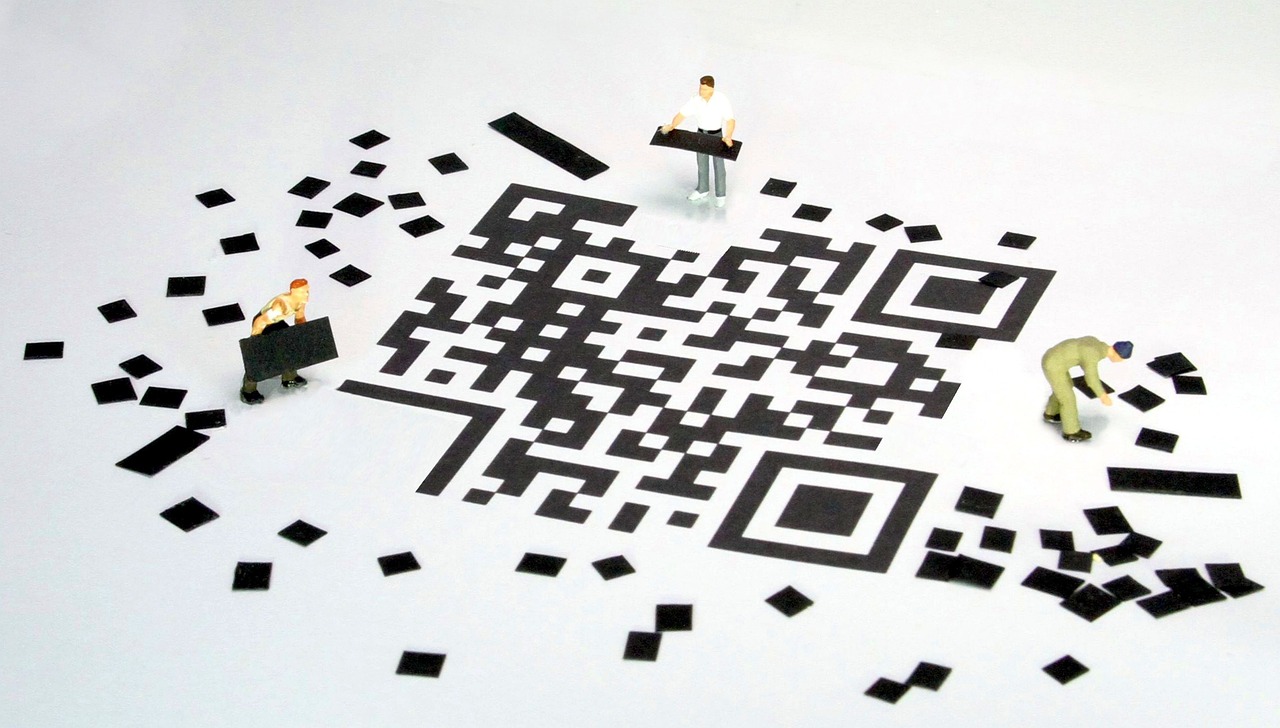Ever wondered what those funky square patterns are all about? You know, the ones you see on advertisements, websites, and even on your groceries? Well, those are called 2 dimensional codes, or 2D codes for short. These codes are not just your regular barcode – they are like the cool cousin that can do so much more. Unlike traditional barcodes, 2D codes can store much more information, like website links, text, and even multimedia content. So, the next time you come across one, don’t just brush it off as a random design – it might just hold a wealth of information waiting to be discovered.
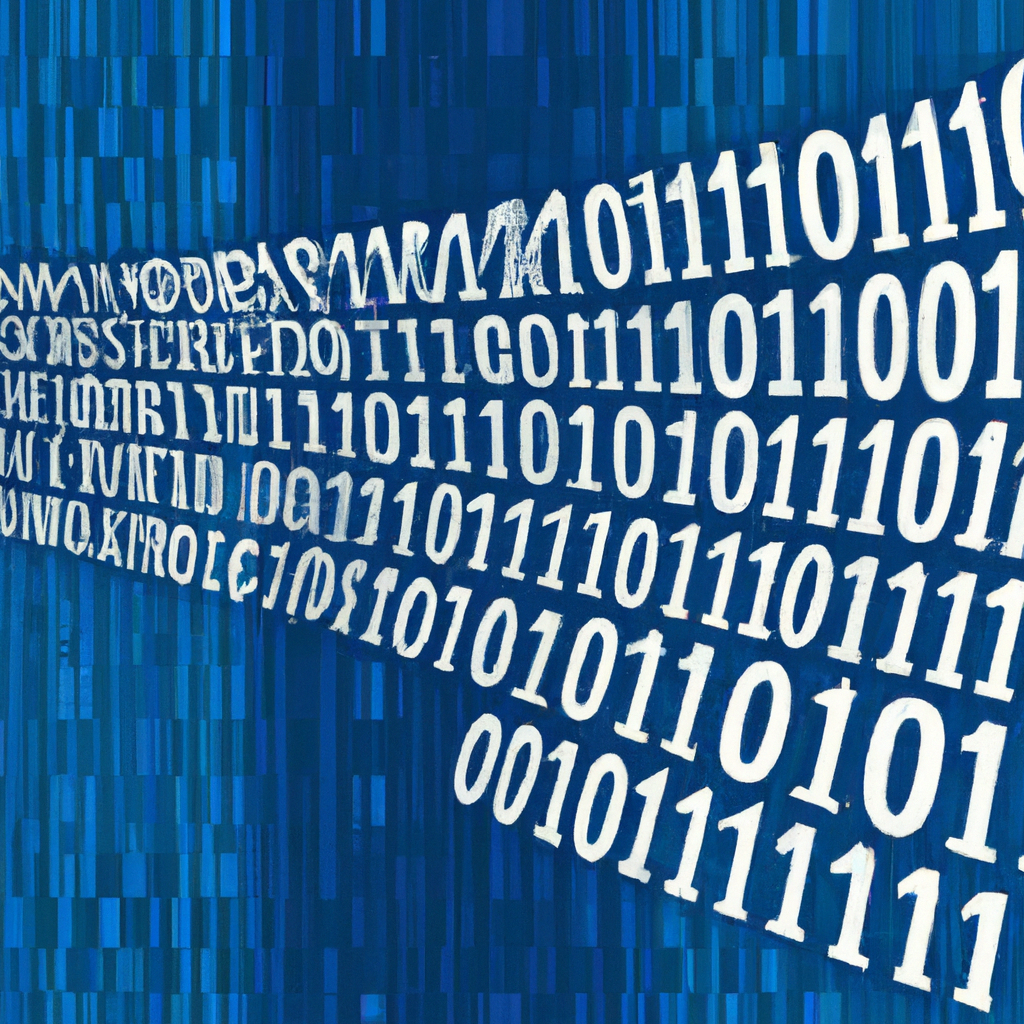
What is a 2 Dimensional Code?
A 2 Dimensional Code, also known as a 2D code or matrix code, is a type of barcode that allows for the storage and representation of large amounts of data in a small, square or rectangular format. Unlike traditional barcodes that only contain information in one direction, 2D codes can store information both vertically and horizontally, giving them significantly higher data capacity.
Definition of 2 Dimensional Code
A 2 Dimensional Code is a graphical representation of data in a two-dimensional format. It consists of a pattern of black and white squares, dots, or other shapes arranged in a grid-like pattern. Each square or dot within the code is called a module, and the combination of these modules represents the encoded information.
Understanding the Concept
The concept behind 2 Dimensional Codes is to create a more efficient and versatile method of encoding and decoding information. By utilizing a two-dimensional format, these codes are able to store a larger amount of data and can be scanned from any direction, making them more flexible than traditional one-dimensional barcodes. This makes them ideal for a wide range of applications, from marketing and advertising to supply chain management.
Differences from Traditional Barcodes
One of the key differences between 2 Dimensional Codes and traditional barcodes is their data capacity. While traditional barcodes can typically store up to 20 alphanumeric characters, 2D codes can hold several hundred characters, or even thousands of characters, depending on the type of code used.
Another difference is the layout and appearance of the codes themselves. Traditional barcodes consist of a series of vertical lines of varying thickness, while 2D codes are composed of a grid of squares or dots. This allows for more efficient encoding and decoding of data, as the information can be stored and read in multiple directions.
Types of 2 Dimensional Codes
There are several different types of 2 Dimensional Codes, each with its own unique features and applications. Some of the most commonly used types include QR codes, Data Matrix codes, and PDF417 codes.
QR Codes
QR codes, short for Quick Response codes, are one of the most widely recognized and used types of 2D codes. They were originally developed for tracking inventory in the automotive industry but have now found applications in a wide range of areas, including marketing, advertising, and payment systems. QR codes consist of a grid of black and white squares and can store various types of data, including URLs, text, and contact information.
Data Matrix Codes
Data Matrix codes, also known as ECC200 codes, are another popular type of 2D code. They were initially developed for marking small electronic components and are commonly used in industries such as healthcare, electronics, and manufacturing. Data Matrix codes can store large amounts of data in a compact space and can be printed on various surfaces, including curved or uneven objects.
PDF417 Codes
PDF417 codes, named after the Portable Document Format (PDF), are a type of stacked linear barcode. Unlike other 2D codes that use a grid pattern, PDF417 codes consist of multiple stacked rows of data, allowing them to store significant amounts of information. These codes are often used in applications requiring large amounts of text, such as driver’s licenses, shipping labels, and identification cards.
How does a 2 Dimensional Code work?
Understanding how a 2 Dimensional Code works involves two main processes: encoding information and reading the code.
Encoding Information
To encode data into a 2D code, specialized software or tools are used to convert the desired information into a pattern of black and white squares, dots, or other shapes. This encoding process involves mapping the data into binary code and then converting it into the appropriate format for the specific type of 2D code being used.
Once the data is encoded, it is represented by the arrangement of modules within the code. Each module represents a binary digit, with black or filled modules representing a binary 1 and white or empty modules representing a binary 0. The patterns and arrangement of these modules within the code carry the encoded data.
Reading the Code
To read a 2D code, a scanning device or app is used. The device or app captures an image of the code using a camera or scanner and then analyzes the pattern of the modules to decode the information. The scanning device or app interprets the arrangement of the modules and translates them back into the original data.
Different scanning devices and apps use various technologies to read 2D codes, such as image recognition, laser scanning, or smartphone cameras. Once the code is successfully read, the information encoded within the code can be displayed, processed, or stored for further use.
Advantages of 2 Dimensional Codes
There are several advantages of using 2 Dimensional Codes compared to traditional barcodes. These advantages include increased data capacity, fast and accurate scanning, error correction, and versatility.
Increased Data Capacity
One of the main advantages of 2D codes is their ability to store significantly more data compared to traditional barcodes. This expanded data capacity allows for the inclusion of more detailed information, such as product descriptions, pricing, expiration dates, or even multimedia content like images or videos. This increased data capacity makes 2D codes highly adaptable for various applications, where more information needs to be associated with a specific item or object.
Fast and Accurate Scanning
Scanning 2D codes is generally faster and more accurate than scanning traditional barcodes. 2D codes can be captured and read from any direction, allowing for quick and efficient scanning without the need for precise alignment. Additionally, the use of advanced scanning technologies, such as image recognition or smartphone cameras, has made scanning 2D codes more accessible and user-friendly.
Error Correction
Another advantage of 2D codes is their built-in error correction capabilities. The structure and design of 2D codes allow for redundancy in the encoded data, meaning that even if a portion of the code is damaged or obscured, the remaining information can still be accurately decoded. This error correction feature ensures that the data encoded in the code remains readable even under less than ideal conditions.
Versatility
2D codes are highly versatile and can be used in a wide range of applications across various industries. Whether it’s for marketing and advertising, mobile payments, inventory management, ticketing and access control, or supply chain management, 2D codes provide a flexible and efficient solution for encoding and decoding data. The ability to store different types of information, from simple text to complex data structures, makes 2D codes adaptable to different needs and requirements.
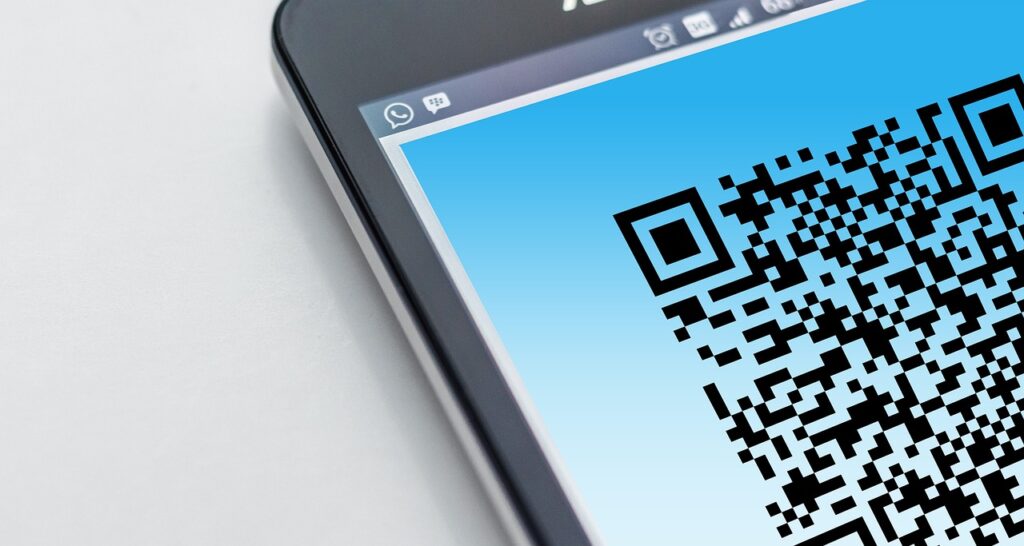
This image is property of pixabay.com.
Applications of 2 Dimensional Codes
The versatility and capabilities of 2D codes have led to their widespread use in many different industries and applications. Some of the key applications of 2D codes include marketing and advertising, mobile payments, inventory management, ticketing and access control, and supply chain management.
Marketing and Advertising
2D codes have become increasingly popular in marketing and advertising campaigns. By incorporating QR codes or other types of 2D codes into print advertisements or promotional materials, businesses can provide customers with quick and easy access to additional information, special offers, or interactive content. This allows for a more engaging and interactive experience, leading to increased customer engagement and conversion rates.
Mobile Payments
The use of 2D codes for mobile payment systems has gained significant traction in recent years. With the rise of smartphone adoption, businesses and consumers can utilize 2D codes to facilitate transactions, eliminating the need for physical cash or credit cards. Mobile payment apps generate a unique QR code that represents the transaction details, which can then be scanned by a merchant’s device to complete the payment.
Inventory Management
2D codes play a crucial role in inventory management systems. By labeling products or assets with unique 2D codes, businesses can easily track and manage their inventory throughout the supply chain. 2D codes provide a quick and accurate way to identify and locate specific items, simplifying tasks such as stocktaking, order fulfillment, and product recalls.
Ticketing and Access Control
The use of 2D codes for ticketing and access control has revolutionized the ticketing industry. Rather than issuing physical tickets or passes, organizers can generate unique 2D codes for each attendee, which can be scanned at various checkpoints or entry gates. This significantly reduces the risk of counterfeiting and allows for more efficient and secure event management.
Supply Chain Management
2D codes are invaluable in supply chain management for tracking and tracing products. By encoding product information, such as batch numbers, manufacturing dates, or shipping details, into 2D codes, businesses can streamline their supply chain operations and enhance visibility and transparency. Tracking products using 2D codes enables real-time inventory updates, improves order accuracy, and facilitates recalls or quality control measures.
Creating and Printing 2 Dimensional Codes
Creating and printing 2D codes involves several considerations, including choosing the right code type, using appropriate encoding tools and software, and ensuring proper sizing and printing.
Choosing the Right Code Type
Selecting the appropriate code type depends on the specific requirements and applications. QR codes are widely supported and suitable for general purposes such as advertising and mobile payments. Data Matrix codes are commonly used in industries requiring small, high-density codes, like healthcare and electronics. PDF417 codes, with their stacked format, are well-suited for applications requiring large amounts of text or data.
Encoding Tools and Software
To encode data into 2D codes, various tools and software are available. These tools can generate and customize 2D codes based on the desired data format, level of error correction, and specific requirements. Some tools also offer advanced features, like data encryption, to ensure the security and privacy of the encoded information.
Sizing and Printing Considerations
The size and printing quality of 2D codes are crucial for ensuring their readability and scannability. Factors such as the size of the code, the printing resolution, the contrast between the modules and the background, and the surface material can affect the scanning success. It is important to follow the recommended size guidelines and check the readability of the codes before mass printing.
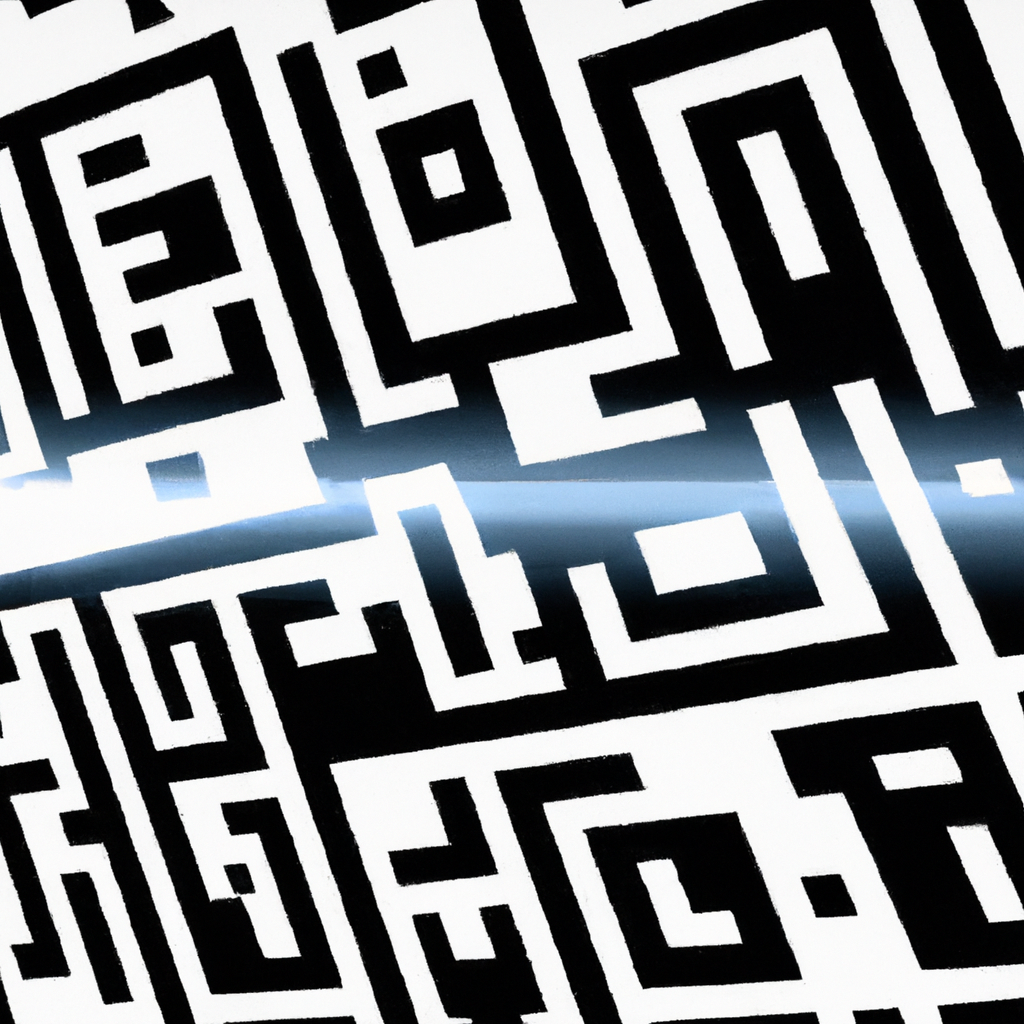
Scanning and Decoding 2 Dimensional Codes
Scanning and decoding 2D codes require compatible scanning devices or apps that can accurately capture and interpret the code patterns. The success of scanning depends on several factors, including the type of scanning technology used, the quality of the scanning device or app, and external conditions like lighting and angles.
Scanning Devices and Technologies
There are various scanning devices available for reading 2D codes, ranging from handheld scanners to integrated scanners in smartphones or tablets. Different technologies, such as laser scanning, CCD imaging, or smartphone cameras, are used to capture the code patterns and convert them into readable data.
Popular Scanning Apps
Mobile scanning apps have become increasingly popular for reading 2D codes. These apps utilize the camera function of smartphones or tablets to capture the code image and then decipher the encoded data. Many scanning apps offer additional features, such as automatic redirection to URLs, storing and organizing scanned codes, or integrating with other applications for seamless data transfer.
Factors Affecting Scanning Success
Several factors can affect the success of scanning 2D codes. Proper lighting conditions, appropriate distance and angle between the scanning device and the code, and avoiding image distortion or blurring are essential for accurate scanning. Additionally, using high-quality scanning devices or apps and ensuring the correct focus and settings contribute to improved scanning success rates.
Security and Privacy Considerations
While 2D codes offer numerous benefits, they also come with security and privacy considerations. It is essential to be aware of potential data breaches and take appropriate measures to protect sensitive information.
Potential for Data Breaches
As 2D codes can carry substantial amounts of data, they may contain sensitive or confidential information. If not properly secured, this data can be susceptible to unauthorized access, manipulation, or interception. Businesses and individuals should implement robust security measures, such as encryption and access controls, to mitigate the risk of data breaches.
Protecting Sensitive Information
To protect sensitive information encoded in 2D codes, various security practices can be implemented. Encrypting the data before encoding it into the code can prevent unauthorized access even if the code is intercepted. Applying password protection or access control mechanisms to restrict who can scan and decode the codes adds an additional layer of security. Regular audits and monitoring of code usage can also help identify any potential vulnerabilities or misuse.
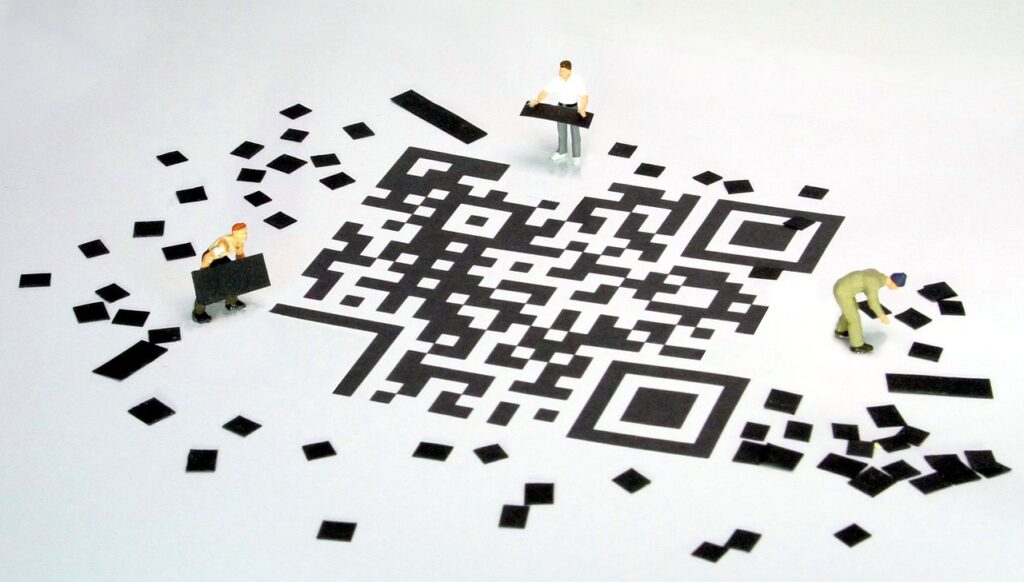
This image is property of pixabay.com.
Future of 2 Dimensional Codes
The future of 2D codes looks promising, with emerging technologies and increasing integration with the Internet of Things (IoT) paving the way for improved user experiences and expanded applications.
Emerging Technologies
Advancements in technology, such as augmented reality (AR) and near-field communication (NFC), offer exciting possibilities for the evolution of 2D codes. Combining 2D codes with AR can enhance interactivity and engagement by overlaying virtual content on the real world. NFC-enabled 2D codes can enable seamless data transfer and authentication between devices, opening up new avenues for secure transactions and enhanced user experiences.
Integration with IoT
As the IoT continues to grow, 2D codes will play a vital role in connecting physical objects to the digital world. With the ability to store comprehensive information about products, assets, or locations, 2D codes can serve as the bridge between the physical and digital realms. This integration enables real-time monitoring, remote control, and data analysis, leading to improved efficiency, productivity, and decision-making.
Improved User Experience
The future of 2D codes will focus on enhancing the user experience by leveraging advancements in technology and user interfaces. Smarter scanning apps with AI capabilities can better recognize and interpret codes, leading to faster and more accurate scanning. Interactive features, such as customized content delivery based on user preferences, or real-time updates and notifications, will make 2D codes more engaging and personalized.
In conclusion, 2 Dimensional Codes are a powerful and versatile tool for encoding and decoding information. With their increased data capacity, fast scanning capabilities, error correction features, and wide range of applications, 2D codes have become an integral part of various industries. As technology continues to advance, the future of 2D codes holds even more exciting possibilities, with emerging technologies, integration with the IoT, and improved user experiences set to shape their continued evolution.
